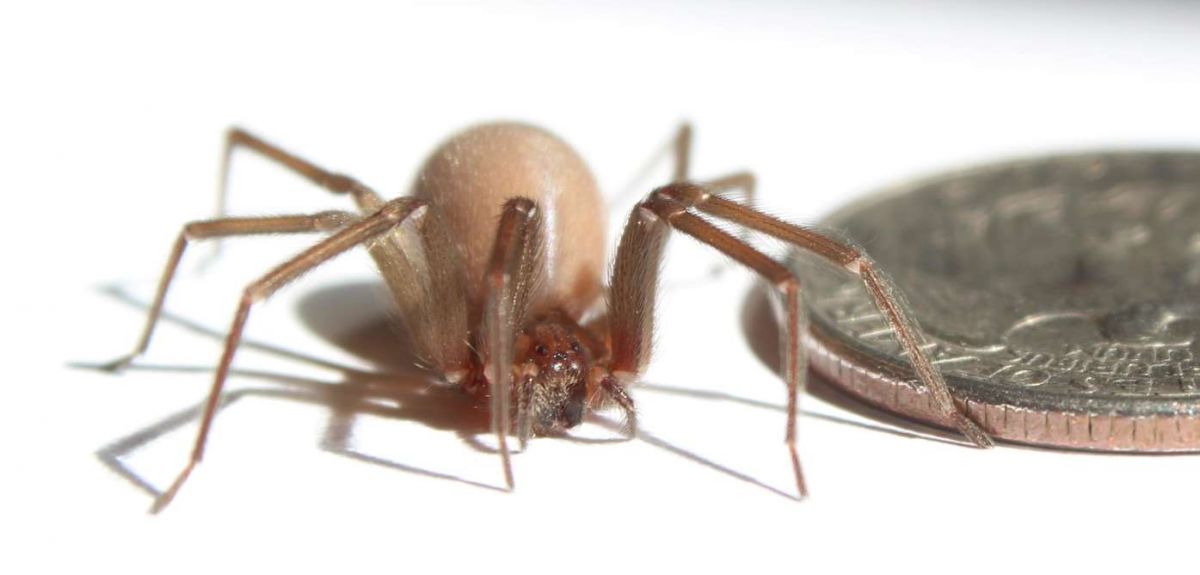
Deadly spider’s spinning technique could inspire tougher materials
One of the most feared and venomous arachnids in the world, the American brown recluse spider, has long been known for its signature necro-toxic venom, as well as its unusual silk. Now, a new Oxford University collaborative study offers an explanation for how the spider is able to make its silk so strong.
Brown recluse spiders use a unique micro looping technique to make their threads stronger than that of any other spider, a newly published UK-US collaboration has discovered.
The study, published in the journal Material Horizons, was produced by scientists from Oxford University’s Department of Zoology, together with a team from the Applied Science Department at Virginia’s College of William & Mary. Their surveillance of the brown recluse spider’s spinning behaviour shows how, and to what extent, the spider manages to strengthen the silk it makes.
From observing the arachnid, the team discovered that unlike other spiders, who produce round ribbons of thread, recluse silk is thin and flat. This structural difference is key to the thread’s strength, providing the flexibility needed to prevent premature breakage and withstand the knots created during spinning which give each strand additional strength.
“We were able to prove that adding even a single loop significantly enhances the toughness of a simple synthetic sticky tape. Our observations open the door to new fibre technology inspired by the brown recluse.”
William & Mary PhD student Sean Koebley
Professor Hannes Schniepp from William & Mary explains: “The theory of knots adding strength is well proven. But adding loops to synthetic filaments always seems to lead to premature fibre failure. Observation of the recluse spider provided the breakthrough solution; unlike all spiders its silk is not round, but a thin, nano-scale flat ribbon. The ribbon shape adds the flexibility needed to prevent premature failure, so that all the microloops can provide additional strength to the strand.”
By using computer simulations to apply this technique to synthetic fibres, the team were able to test and prove that adding even a single loop significantly enhances the strength of the material.
William & Mary PhD student Sean Koebley adds: “We were able to prove that adding even a single loop significantly enhances the toughness of a simple synthetic sticky tape. Our observations open the door to new fibre technology inspired by the brown recluse.”
Speaking on how the recluse’s technique could be applied more broadly in the future, Professor Fritz Vollrath of the Department of Zoology at Oxford University expands: “Computer simulations demonstrate that fibres with many loops would be much, much tougher than those without loops. This right away suggests possible applications. For example carbon filaments could be looped to make them less brittle, and thus allow their use in novel impact absorbing structures. One example would be spider-like webs of carbon-filaments floating in outer space, to capture the drifting space debris that endangers astronaut lives’ and satellite integrity.”
 New study finds that ChatGPT amplifies global inequalities
New study finds that ChatGPT amplifies global inequalities
 Expert Comment: Chatbot-driven sexual abuse? The Grok case is just the tip of the iceberg
Expert Comment: Chatbot-driven sexual abuse? The Grok case is just the tip of the iceberg